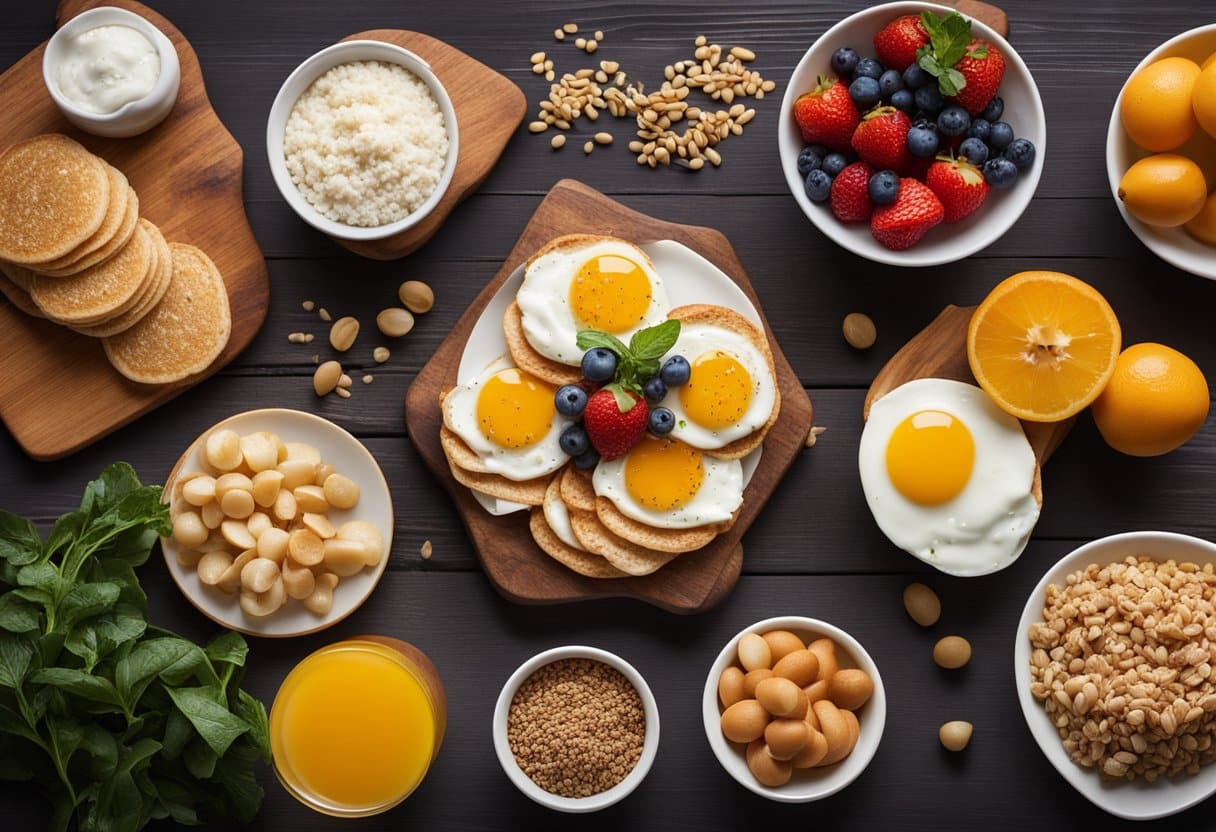Healthy Cooking Tips meals at home can be both enjoyable and beneficial for your overall well-being. By incorporating nutritious ingredients and adopting smart cooking strategies, you can create delicious dishes that boost your health. Here are some essential tips to help you prepare meals that are both tasty and nutritious.
1. Plan Your Meals

Meal planning is a powerful tool for maintaining a healthy diet. By planning your meals for the week, you can ensure that you have all the necessary ingredients on hand and avoid last-minute unhealthy choices. Consider dedicating a specific day each week to plan and prep your meals.
- Theme Nights: Create fun theme nights such as “Meatless Monday” or “Taco Tuesday” to make meal planning more engaging.
- Batch Cooking: Prepare large quantities of staples like grains, proteins, or soups that can be used in multiple meals throughout the week, saving time and effort.
Also Read : STEM Education Programs: Inspiring Creativity And Critical Thinking
2. Choose Lean Proteins
Selecting lean proteins is crucial for a healthy diet. Opt for skinless poultry, fish, beans, legumes, and lean cuts of beef or pork. These options provide essential nutrients without excessive saturated fats.
- Plant-Based Proteins: Incorporate plant-based proteins such as lentils and chickpeas into your meals for added fiber and nutrients.
Also Read : Unlocking Higher Education Opportunities: A Guide For Aspiring Students
3. Incorporate More Fruits and Vegetables

Aim to fill half your plate with colorful fruits and vegetables at every meal. They are packed with vitamins, minerals, and antioxidants that promote good health.
- Add Color: Use a variety of fresh, frozen, or canned fruits and vegetables to enhance the visual appeal of your meals while boosting their nutritional value.
- Sneak Them In: If you’re not a fan of certain vegetables, try blending them into smoothies or incorporating them into sauces.
Also Read : Education And Technology: A New Era Of Learning Opportunities
4. Upgrade Your Cooking Methods
The way you cook can significantly impact the healthiness of your meals. Opt for healthier cooking methods such as steaming, grilling, baking, or sautéing instead of frying.
- Healthy Fats: Use non-tropical vegetable oils like olive oil instead of butter or lard to reduce saturated fat intake.
- Flavor Without Salt: Experiment with herbs, spices, citrus juices, and salt-free seasonings to enhance flavor without relying on sodium.
Also Read : How Art Education Shapes Young Minds: Benefits For Students
5. Keep Healthy Staples Stocked
Having a well-stocked pantry makes it easier to whip up healthy meals on short notice. Stock up on whole grains (like quinoa and brown rice), canned beans, nuts, seeds, and frozen fruits and vegetables.
- Quick Snacks: Prepare single-serving snacks such as cut-up veggies with hummus or yogurt with fruit to encourage healthy eating habits throughout the day.
Also Read : Gourmet Cooking For Special Occasions: Stunning Meals For Every Celebration
6. Make Cooking Fun

Enjoying the cooking process can lead to healthier eating habits. Involve family members in meal preparation to make it a fun activity.
- Experiment: Don’t be afraid to try new recipes or cooking techniques; this can help build confidence in the kitchen while expanding your culinary skills.
7. Stay Hydrated
Drinking enough water is essential for overall health and can aid in digestion and appetite control. Aim to drink water instead of sugary beverages to keep calorie intake in check.
Conclusion
By implementing these healthy cooking tips, you can create delicious meals that nourish your body and enhance your overall well-being. Remember that cooking at home not only allows you to control what goes into your food but also provides an opportunity to enjoy quality time with loved ones while developing valuable culinary skills. Start small by incorporating one or two tips at a time, and watch as your cooking becomes healthier and more enjoyable!
FAQs
1. What are some easy ways to make meals healthier?
Start by using whole ingredients like fresh vegetables, lean proteins, and whole grains. Reduce the use of processed foods, limit added sugars, and cook with healthy fats like olive oil.
2. How can I make cooking healthier without compromising on taste?
Experiment with herbs and spices to add flavor instead of relying on salt or sugar. Roasting, grilling, or steaming foods can also preserve nutrients while enhancing their natural flavors.
3. What are some quick healthy cooking tips for busy days?
Meal prep ahead of time, focus on one-pan meals, and utilize a slow cooker or Instant Pot. Choose simple ingredients that cook quickly but are still nutritious.
4. How do I make sure my meals are balanced and nutritious?
Include a variety of food groups: lean proteins, healthy fats, complex carbohydrates, and plenty of vegetables. Aim for colorful plates with a range of nutrients.
5. Can I still eat comfort food while cooking healthy?
Yes! You can make healthier versions of comfort foods by using lighter ingredients, like substituting cauliflower for mashed potatoes or using whole-grain pasta instead of refined options.





